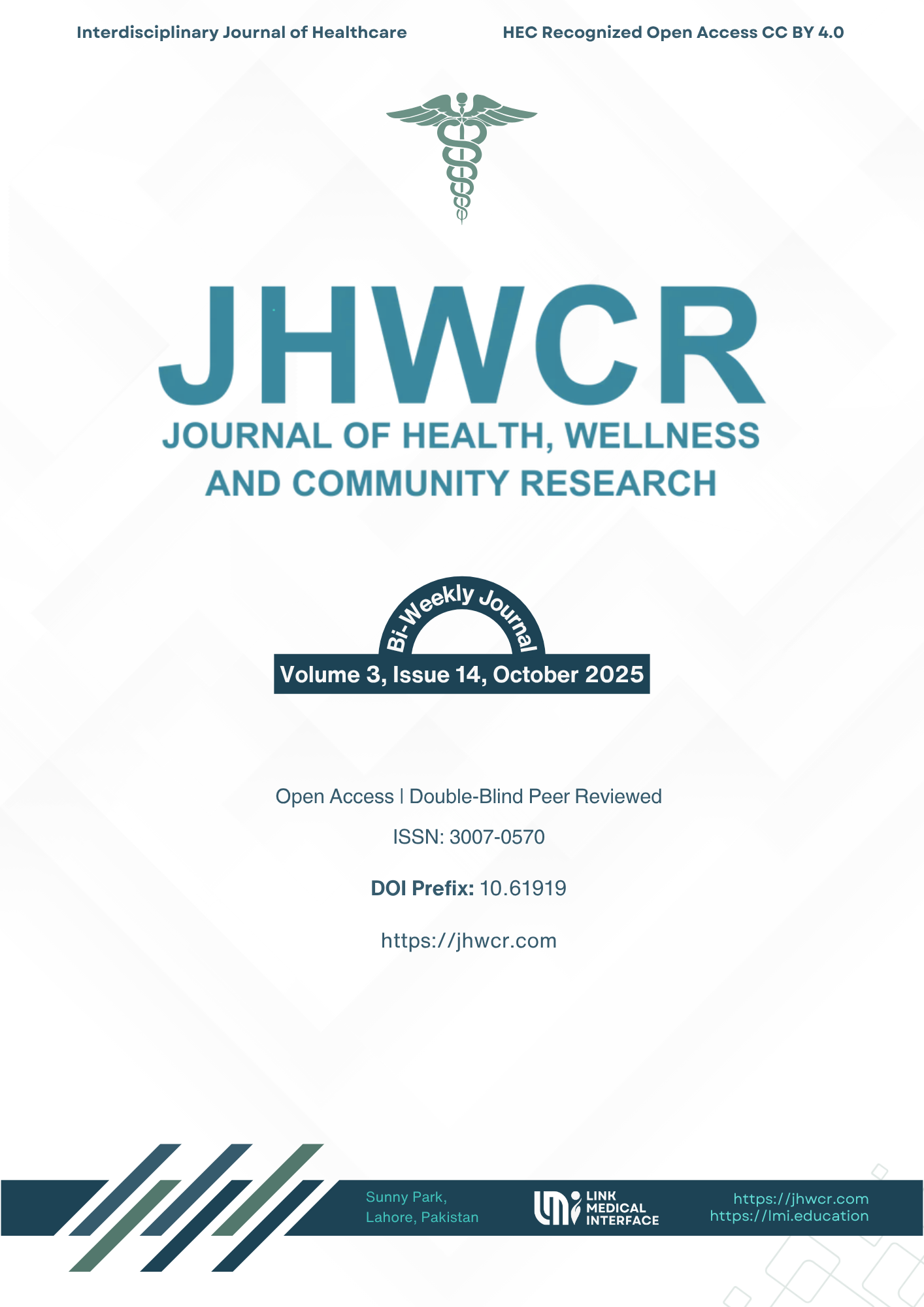Timeliness and Effectiveness of Stroke Care in the Emergency Department
DOI:
https://doi.org/10.61919/7wd9qj13Keywords:
Stroke, Emergency Department, Timeliness, Thrombolysis, Door-to-Needle Time, Prehospital Delay, Stroke PathwayAbstract
Background: Acute stroke outcomes are critically dependent on time to diagnosis and treatment, with each minute of delay leading to irreversible neuronal loss. Despite international benchmarks emphasizing door-to-imaging ≤25 minutes and door-to-needle ≤60 minutes, delays remain widespread in low- and middle-income countries, including Pakistan. Objective: To assess the timeliness and effectiveness of acute stroke management in the Emergency Department of Lady Reading Hospital, Peshawar, focusing on prehospital and in-hospital time intervals and their association with early neurological outcomes. Methods: A prospective observational study was conducted from October 2024 to January 2025, enrolling 300 adults presenting within 24 hours of stroke onset. Time intervals—onset-to-door, door-to-imaging, and door-to-needle—were recorded. Effectiveness was evaluated by adherence to international targets and early neurological improvement (NIHSS reduction ≥4). Data were analyzed using SPSS 26, applying t-tests, χ² tests, and multivariate logistic regression. Results: The median onset-to-door time was 160 minutes, and mean door-to-imaging and door-to-needle times were 38 ± 18 and 62 ± 19 minutes, respectively. Only 52% achieved imaging ≤25 minutes, and 46.6% received thrombolysis within 60 minutes. Door-to-imaging ≤25 minutes (OR 2.83, 95% CI 1.43–5.61) and door-to-needle ≤60 minutes (OR 2.32, 95% CI 1.09–4.94) independently predicted early neurological improvement. Conclusion: Significant prehospital and imaging delays limited timely reperfusion despite efficient triage. Implementing structured stroke-fast-track pathways, EMS prenotification, and prioritized neuroimaging could substantially enhance both timeliness and early outcomes in tertiary emergency care in Pakistan.
Downloads
Published
Issue
Section
License
Copyright (c) 2025 Muhammad Abas Khan, Mahwish Khan, Maryam Gul, Aamir Shehzad, Abdul Wadood, Jalal Khan, Eesha Afridi (Author)

This work is licensed under a Creative Commons Attribution 4.0 International License.


